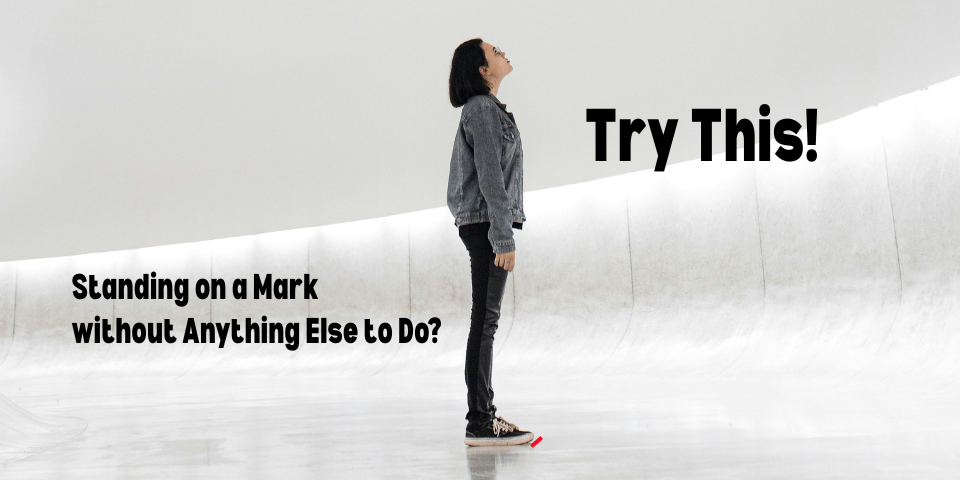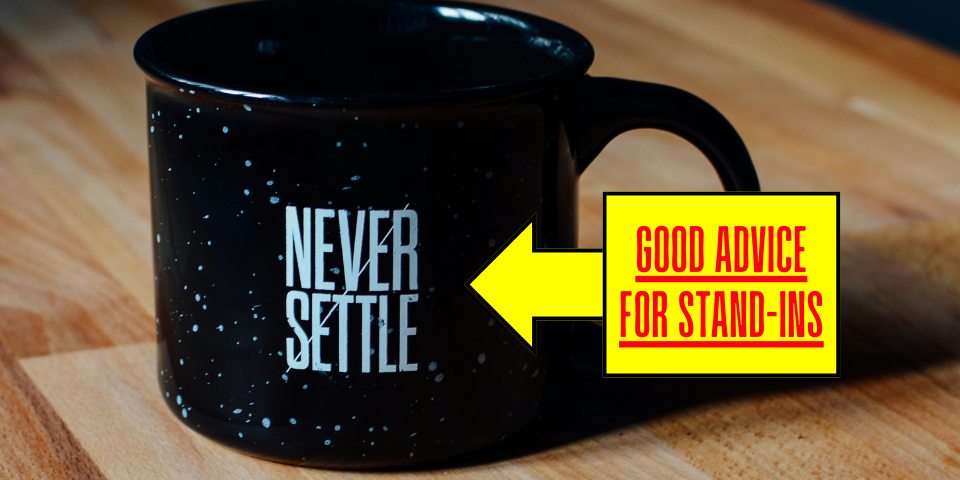It is generally assumed that a stand-in is a near photo double for an actor. Stand-ins are often confused in the media as photo doubles (or body doubles). However, there is a major difference between stand-ins and doubles: stand-ins do not appear on camera, while doubles do.
Knowing this, there is not a huge requirement that stand-ins look just like their actors. The truth is, stand-ins are rarely exact matches for their actors. Depending on the production and the crew who work it, stand-ins may be very close in characteristics to their actors but also considerably different.
Here are some common notions about stand-ins — not to mention some exceptions to these notions you’ll encounter from time to time.
Height
One of the most common characteristics where stand-ins have to match their actors is height. In most cases, a stand-in is very close in height to his/her actor. Sometimes the height is an exact match, but more often there is a variation of +/-1 inch in height between stand-in and actor.
Matching the height of a principal actor is usually important in a TV/film production because it allows camera crews to set up the shot without having to make a large adjustment when the actor steps in. But matching actor height is not always an absolute for stand-ins!
For one, for those people who stand in for children, stand-ins may be considerably taller than their respective child actors. For example, a child actor may be 4’0″, and his stand-in may be 4’10”. In such cases, casting usually tries to draw from a pool of experienced stand-ins under 5’0″ tall to stand in for children. Shorter stand-ins may have a better chance standing in for a small child, but sometimes just being 5’0″ or under can get you the stand-in job.
Also, utility stand-ins — that is, people who stand in for multiple actors on a project — often don’t match their respective actors very well. If a project uses a number of utility stand-ins, then there is a good chance stand-ins may be standing in for actors significantly taller or shorter. In such cases, the camera crews may not require heights to be that well matched for their shots, or they’re prepared to work using stand-ins having different heights than their actors.
All in all, height is not always as absolutely important as commonly believed for stand-ins.
Skin Tone
Skin tone for stand-ins generally matches the skin tone of their actors. This helps many directors of photography (DPs) light in a way that is appropriate for the principal actors.
However, not all DPs are the same — some DPs are more concerned about skin tone than others. On most productions, white stand-ins will stand in for white actors and black stand-ins will stand in for black actors, usually without any cross over — but the skin tones of the stand-ins may considerably differ from the skin tones of their actors. In such cases, stand-ins almost take a symbolic role in setting up the shot, making standing in less about lighting and more about clarifying which stand-ins represent which actors.
This is to say that a light-skinned black stand-in may end up standing in for a darker-skinned black actor, and a white stand-in may end up standing in for an olive-skinned actor. It may be that the DP is more interested in facial structure for lighting purposes (how the light falls on the stand-in’s face) than the skin tone. Or it may be that the production doesn’t care that much about the skin tone of the actors as it does finding stand-ins who easily represent their actors in the blocking of a scene and its setup.
In the end, skin tone may not always be a perfect match between stand-in and actor.
Hair
Hair colors are usually about the same between stand-in and actor. But as you might suspect, not always. In fact, sometimes a stand-in with, say, blond hair will wear a wig in order to stand in for a brunette principal actor.
Furthermore, a stand-in’s natural hair color may be dyed by a production to match her principal actor’s hair color for the shoot, only to have the stand-in return to her natural color after the production ends. Her hair color never matched her actor’s hair color to begin with, meaning that stand-ins’ hair color doesn’t always have to match the hair color of their actors.
Appearance
A group of four potential stand-ins may show up at an interview to stand in for an actor for a film. Of the four candidates, maybe only one resembles the actor, but that candidate clearly has little experience on set and does not seem to understand basic instructions.
That the actor resembles the actor the most does not guarantee that he will get the gig. In fact, stand-in experience may trump appearance in landing a stand-in job, and another candidate may get the job though less resembling the actor.
So while a person may resemble an actor, that resemblance does not always carry weight when booking stand-in gigs.
Going a bit further, prior work experience with stand-ins may have a bearing on production casting particular stand-ins. A production may have a group of stand-ins who don’t resemble their actors much, but it is that the crew has worked with these stand-ins in the past that leads to their getting the jobs.
Gender … and Species!
From time to time you might find as a stand-in you’re standing in for someone of the opposite sex. You might even find yourself standing in for a dog or other animal!
While these probably aren’t regular gigs, they may happen from time to time. There is nothing to say you can’t stand in for someone of the opposite sex or something of another species. Sometimes production just needs a body.
Conclusion
The lesson is that if you resemble an actor, it is probably best not to assume you are a shoe-in for a stand-in gig. Furthermore, if you mismatch your actor in some way, it is probably best not to fret that you are going to lose your stand-in job once the difference is found out. In enough cases, stand-ins don’t match aspects of their actors, and there are a number of factors that can lead to a mismatched stand-in working consistently on a production.
Have you considerably differed from your actor when standing in regularly on a project? Did you compensate for the differences or did you maintain your look? Can you think of other common notions about stand-ins that have exceptions? Share your comments below!






Leave A Comment